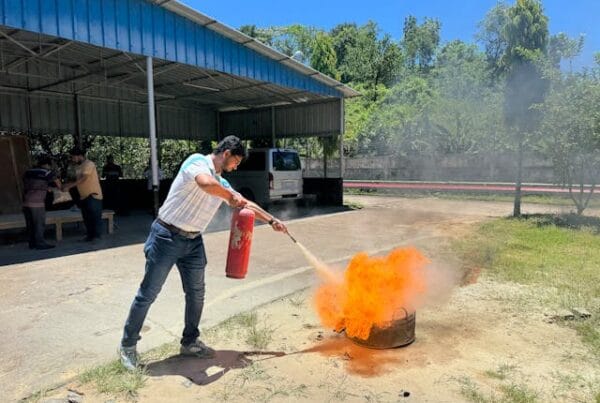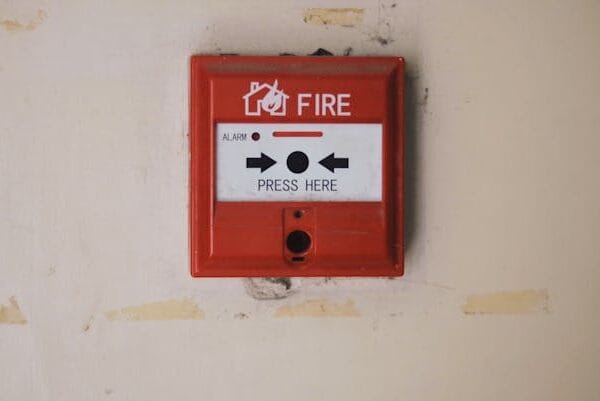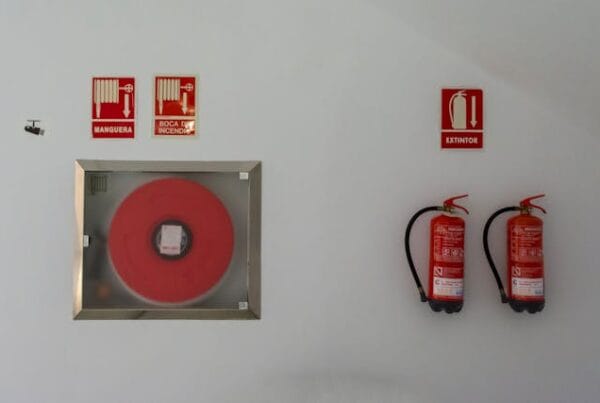
In the event of a power outage or fire, commercial emergency lighting systems are critical for guiding occupants to safety. Without adequate illumination, evacuation routes can become disorienting and dangerous. This article emphasizes the vital role of reliable emergency lighting in commercial spaces and outlines best practices for their installation and upkeep.
Understanding Emergency Exit Lighting Regulations
Compliance with emergency exit lighting regulations is paramount for all commercial buildings. These regulations specify the required illumination levels, placement of exit signs, and duration of battery backup. Adherence ensures your system meets legal standards and provides effective guidance during an emergency.
Essential Emergency Lighting Systems Maintenance Protocols
Regular emergency lighting maintenance is crucial for ensuring systems are fully operational when needed most. This includes monthly functional tests and annual full-duration tests to verify battery performance and light output. Proper record-keeping of these tests is also a regulatory requirement. Discover more about maintenance schedules on our blog about fire safety maintenance.
The Role of Battery Backup Lighting in Commercial Buildings
Battery backup lighting in commercial buildings provides immediate illumination upon power failure, preventing panic and enabling clear vision along escape routes. These systems are designed to provide light for a specified duration, allowing ample time for all occupants to evacuate safely.
Pathfinding Emergency Lighting for Complex Layouts
For commercial spaces with complex layouts, such as multi-story offices or large retail stores, pathfinding emergency lighting is essential. This includes illuminated exit signs, directional arrows, and low-level lighting to highlight the escape path, ensuring clear navigation even in smoke-filled environments.
Integrating Emergency Lighting Systems with Fire Alarm Systems
Modern commercial systems are often integrated with the building’s fire alarm system. This integration ensures that emergency lights activate automatically upon alarm activation, providing immediate illumination and aiding a swift and orderly evacuation.
Types of Emergency Lighting Systems
Various types of emergency lighting systems are available, including:
- Maintained systems: Lights that are continuously on and remain on during a power failure.
- Non-maintained systems: Lights that only activate upon power failure.
- Self-contained systems: Units with their own battery supply.
- Central battery systems: A central power source supplies multiple luminaires.
Choosing the right system depends on the building’s specific needs and regulations.
Professional Installation and Certification
The proper functioning of it relies heavily on professional installation and regular certification. Engaging qualified electricians and fire safety professionals ensures that systems are correctly designed, installed, and commissioned to meet all relevant standards. Refer to official standards organizations like the Illuminating Engineering Society (IES) (external link) for guidance on lighting standards.
Conclusion: Illuminating the Path to Safety
Emergency lighting systems are a non-negotiable safety feature in any commercial building. By prioritizing robust commercial emergency lighting systems, proper maintenance, and professional installation, you provide a clear and illuminated path to safety for everyone within your premises during a crisis. Partner with Sefirepro.com for reliable emergency lighting solutions. Explore our comprehensive services.





